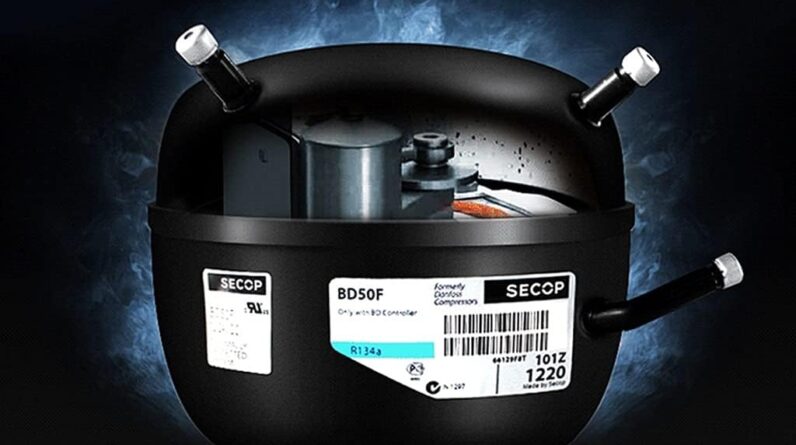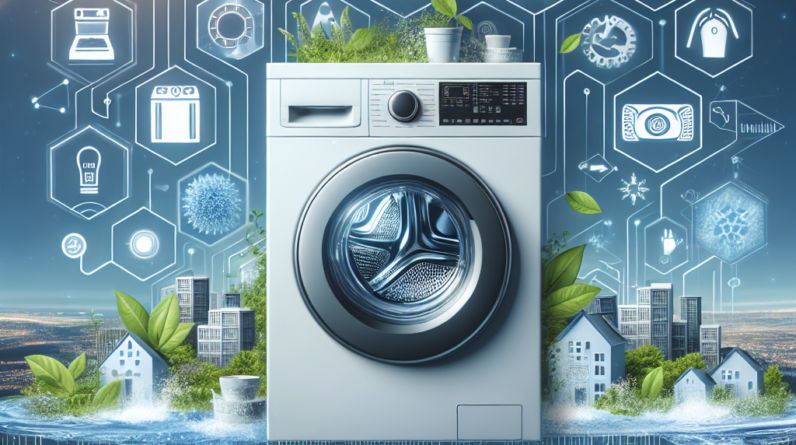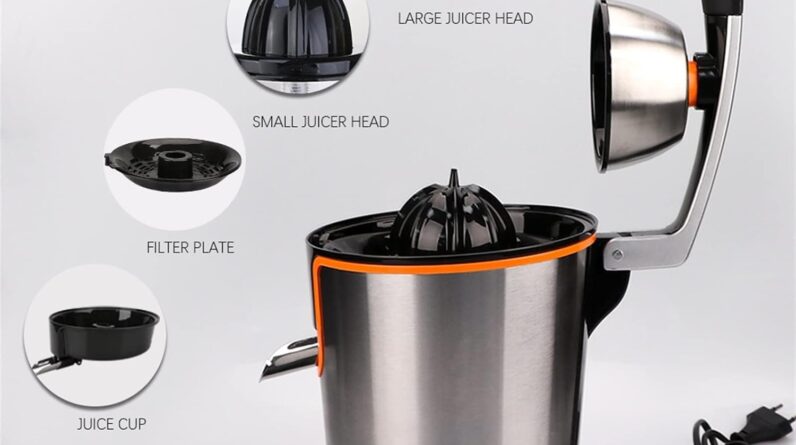
Having a refrigerator that’s not cooling can be a frustrating experience, but before you panic, take a deep breath and follow these simple troubleshooting steps. In this article, we’ll guide you through the process of diagnosing and resolving common issues that may be causing your refrigerator’s cooling problem. By the end, you’ll be equipped with the knowledge and confidence to quickly fix your fridge and get back to enjoying cold beverages and fresh groceries. So let’s get started and bring back the chill to your kitchen!
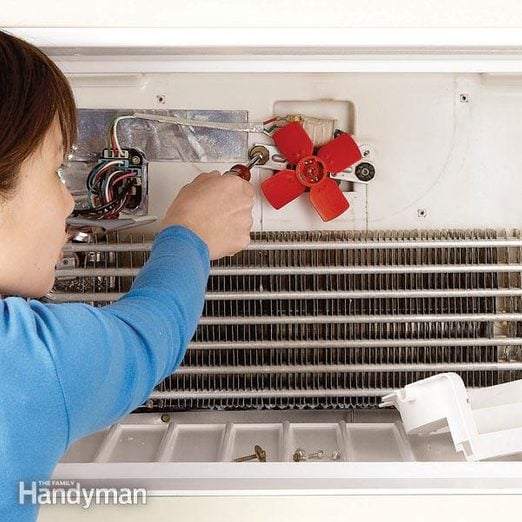
Check the Power
Power Supply
The first step in troubleshooting a refrigerator that’s not cooling is to check the power supply. Ensure that the refrigerator is properly plugged into a functioning power outlet. Double-check for any loose connections or damaged cords. If everything appears to be in order, try plugging a different appliance into the same outlet to ensure that it is receiving power.
Circuit Breaker
If the power supply is not the issue, check the circuit breaker. Occasionally, a tripped circuit breaker can cause the refrigerator to stop cooling. Locate the circuit breaker panel in your home and check if any of the breakers have tripped. If you find a tripped breaker, reset it and monitor if the refrigerator starts cooling again.
Outlet
In some cases, the outlet itself may be faulty. Test the outlet with a voltage tester to determine if there is any power coming from it. If the outlet is not providing power, you may need to contact a qualified electrician to resolve the issue.
Temperature Control Settings
Thermostat
The thermostat regulates the temperature inside the refrigerator. Start by checking if the temperature control dial is set properly. It should be set to a temperature that ensures optimal cooling. Consult the user manual for your specific refrigerator model to determine the recommended setting. Adjust the thermostat as needed and monitor if the cooling improves.
Temperature Dial
In addition to the thermostat, some refrigerators have a separate temperature dial. This dial controls the freezer temperature, which ultimately affects the overall cooling performance. Make sure the temperature dial is set to the appropriate level for your needs. If the dial is already set correctly, move on to the next troubleshooting step.
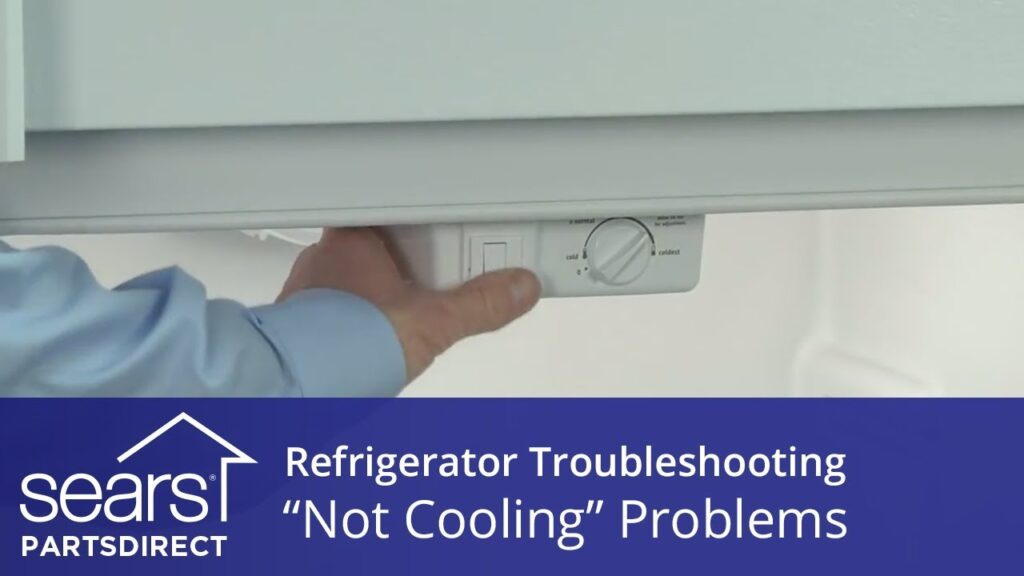
Dirty Condenser Coils
Locating the Coils
The condenser coils are an essential part of the refrigeration system and are responsible for releasing heat from the refrigerator. Over time, these coils can become dirty or clogged, hindering their efficiency. Locate the coils, which are usually found either at the back or underneath the refrigerator, behind a protective panel.
Cleaning the Coils
To clean the condenser coils, first, unplug the refrigerator to ensure your safety. Use a vacuum cleaner with a brush attachment or a soft brush to gently remove the dust and debris from the coils. Avoid using sharp or abrasive tools that could damage the coils. After cleaning, plug the refrigerator back in and observe if the cooling improves.
Blocked Air Vents
Locating the Vents
Air vents are responsible for circulating cold air throughout the refrigerator. Obstructed vents can restrict the airflow, leading to inadequate cooling. Locate the air vents in both the freezer and refrigerator sections. They are typically found near the back or sides of the compartments.
Removing Obstructions
Inspect the vents for any obstructions such as food packages, ice buildup, or other items that may be blocking the airflow. Clear out any obstructions and ensure that there is enough space around the vents for proper air circulation. Once the vents are clear, check if the refrigerator begins cooling more effectively.
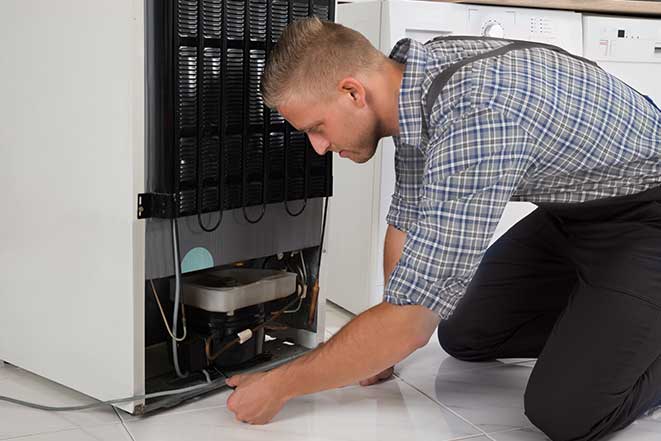
Faulty Evaporator Fan
Locating the Fan
The evaporator fan is responsible for circulating air over the evaporator coils, promoting efficient cooling. In most refrigerators, the evaporator fan is located inside the freezer compartment. Consult the user manual or visually inspect the freezer to find the fan.
Checking for Movement
With the refrigerator plugged in and the freezer door closed, listen for the sound of the evaporator fan. If you don’t hear any noise, it may indicate that the fan motor is faulty. Open the freezer door and check if the fan is spinning freely. If it’s not, the motor may need to be replaced. Contact a professional technician in such cases.
Malfunctioning Condenser Fan
Locating the Fan
The condenser fan is responsible for cooling the refrigerant in the condenser coils, helping to dissipate heat from the refrigerator. Depending on the refrigerator model, the condenser fan can be found either at the back or underneath the unit. Refer to the user manual or visually inspect the refrigerator for its location.
Checking for Movement
Similar to the evaporator fan, listen for the sound of the condenser fan operating when the refrigerator is running. If there is no movement or noise coming from the fan, it may be malfunctioning. Inspect the fan blades for any obstructions and ensure they can rotate freely. If the fan is still not functioning, professional assistance may be required.
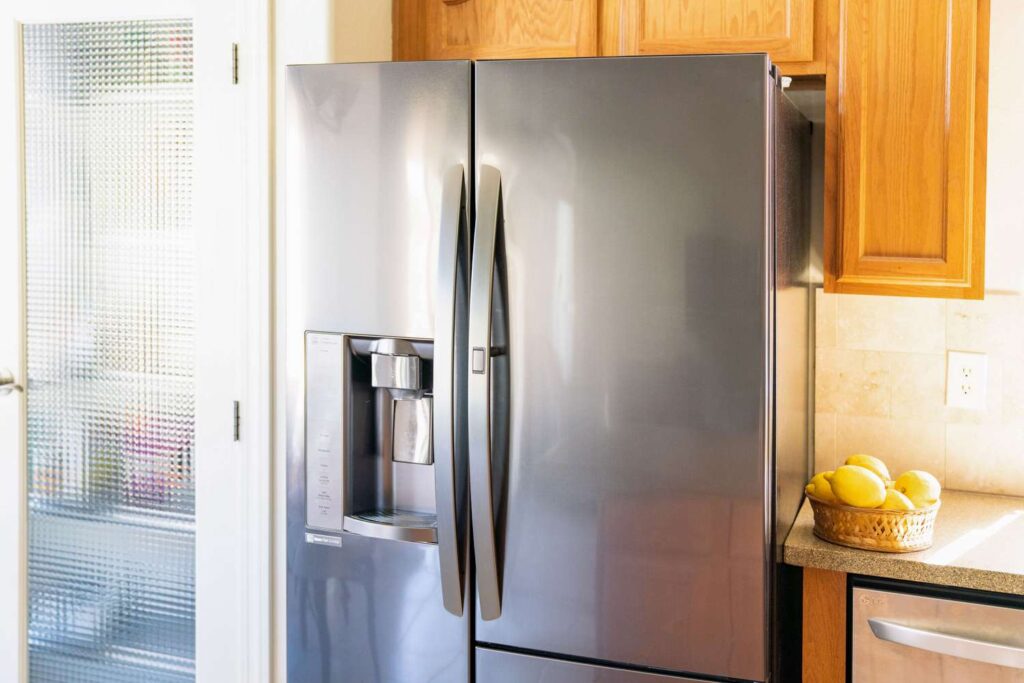
Damaged Door Gaskets
Inspecting Gaskets
Door gaskets create a seal between the refrigerator and its doors, ensuring that cold air remains inside. Damaged or worn-out gaskets can allow warm air to enter the refrigerator, leading to inadequate cooling. Inspect the gaskets on both the refrigerator and freezer doors for any signs of damage, such as cracks, tears, or looseness.
Replacing Gaskets
If the gaskets are damaged, they may need to be replaced. Gently remove them by pulling them away from the door. Take note of the specific gasket model and consult the refrigerator’s user manual for guidance on replacing them. Install the new gaskets by aligning them properly and pushing them firmly onto the door. The new gaskets should create a tight seal when the doors are closed.
Frost or Ice Build-up
Identifying Build-up
Excessive frost or ice build-up inside the freezer can inhibit proper cooling and airflow. Open the freezer door and inspect the walls and shelves for any visible frost or ice accumulation. Excessive build-up can be an indicator of a defrosting issue.
Defrosting the Freezer
To defrost the freezer, unplug the refrigerator and remove any perishable items from the freezer compartment. Keep the freezer door open to allow the ice to melt naturally. Place towels or a container beneath the freezer to collect dripping water. Once the ice has melted, clean up any remaining water and plug the refrigerator back in. Check if the cooling improves after defrosting.

Faulty Defrost Timer
Locating the Timer
The defrost timer controls the automatic defrosting cycles in some refrigerators. Locate the defrost timer, which is typically found near the temperature control panel or at the back of the refrigerator. Consult the user manual or visually inspect the appliance to find its exact location.
Testing the Timer
To test the defrost timer, you will need a multimeter tool. Firstly, unplug the refrigerator to ensure your safety. Set the multimeter to the continuity or ohms setting. Locate the two terminals labeled “C” and “NO” on the defrost timer. Use the multimeter to test for continuity between these terminals. If there is no continuity, it indicates that the timer is faulty and needs to be replaced.
Summary
Common Troubleshooting Steps
In summary, when troubleshooting a refrigerator that’s not cooling, it is important to check the power supply and circuit breaker, ensure proper temperature control settings, clean the condenser coils, clear blocked air vents, inspect and replace damaged door gaskets, defrost the freezer, and test for faulty evaporator and condenser fans, as well as a malfunctioning defrost timer. These are common steps that can help resolve cooling issues and restore the refrigerator’s functionality.
When to Seek Professional Help
If you have followed all the troubleshooting steps outlined above and your refrigerator still fails to cool properly, it may be time to seek professional assistance. Certified technicians have the knowledge and tools to diagnose and repair more complex issues that may be affecting your refrigerator’s cooling performance. It’s important to prioritize your safety and enlist the help of professionals when needed.
Remember, regular maintenance and cleaning can help prevent cooling problems in your refrigerator. Keeping the coils clean, checking the door gaskets regularly, and ensuring proper ventilation around the appliance can extend its lifespan and optimize cooling efficiency.


